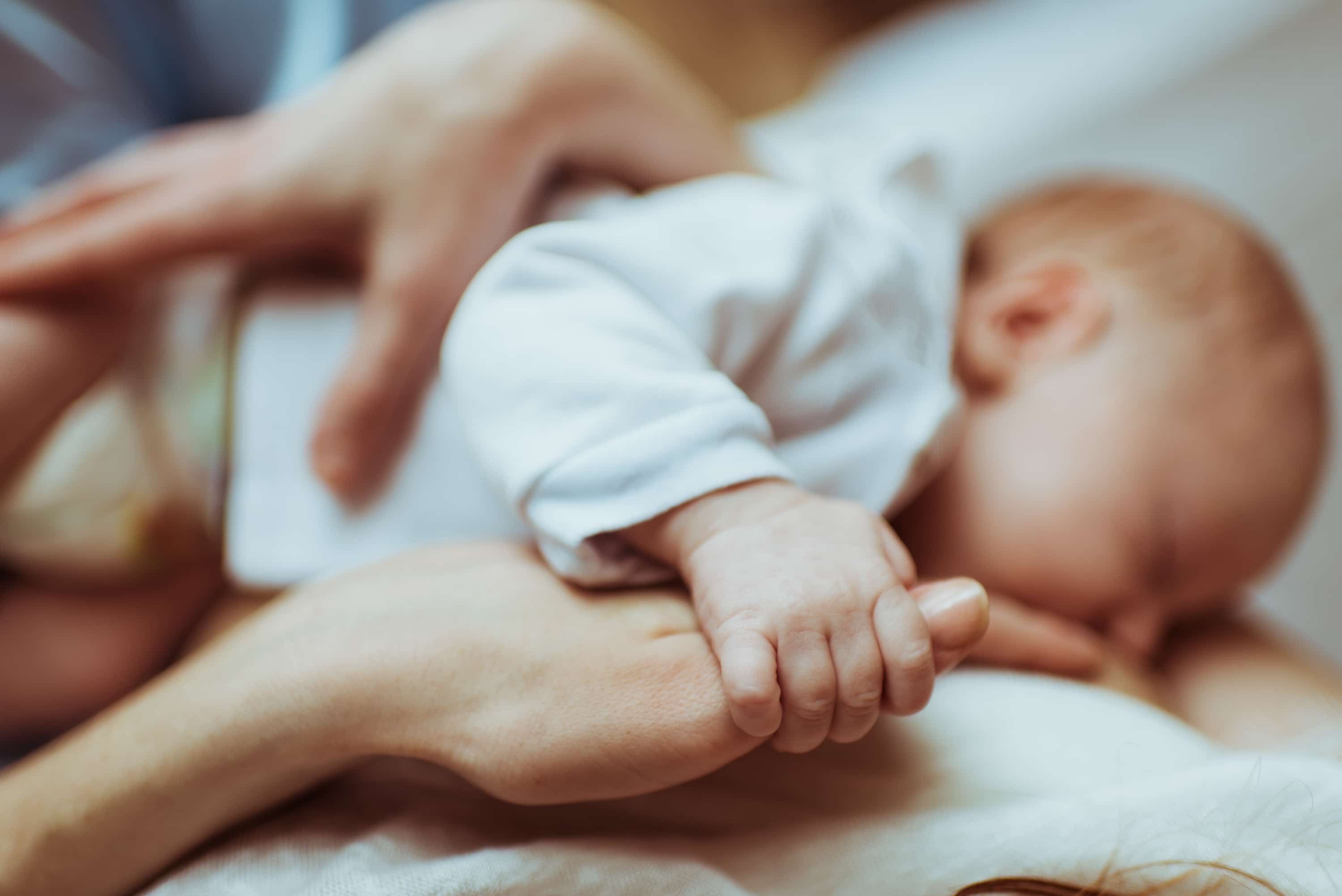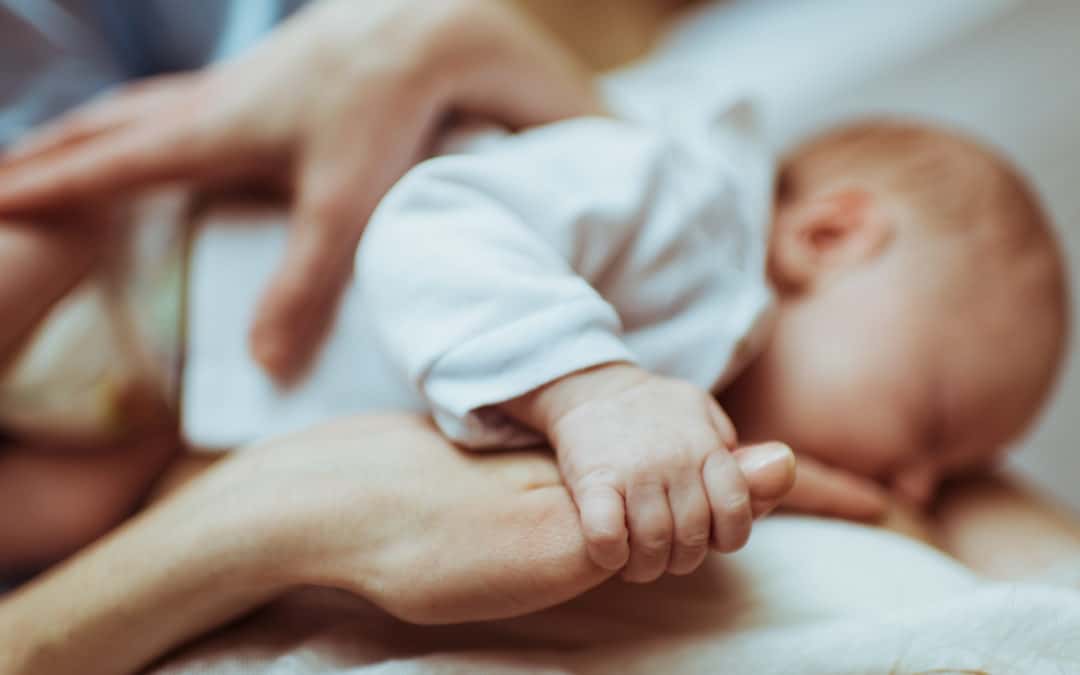
The first few days with your new baby will be full of learning experiences, which will include learning when, how often and how much to feed your new little one. While your hungry baby didn’t come with an instruction manual (we wish!), he or she does have some natural hunger cues that will help you figure out when those cries mean hungry and when he or she is full.
Hunger and Satiety Cues
Your new baby has a built-in system for regulating how much he or she needs to eat. During the next year, your baby will go through growth spurts where he or she will seem to eat constantly and periods when your baby will go longer between feedings. This is why counting the minutes you nurse or the ounces in a bottle isn’t always the best way to determine if your baby is getting enough (or too much) to eat. Learning your new little one’s hunger and satiety cues will help clue you into what your baby needs.
How to Tell if Your Little One is Hungry
Crying is actually one of the final signs that your little one needs to eat. If your little one gets too upset, it can be hard to calm him or her down enough to feed them, and it can result in your baby swallowing too much air, which will cause gas. It’s best to look for other hunger cues that your little one is displaying in order to get him or her fed before they are full-on screaming. These hunger cues include:
- Putting his or her fingers in their mouth
- Sucking on his or her fingers
- Squirming
- Moving arms or legs
- Licking or smacking lips
- Opening and closing mouth
- Turning his or head from side-to-side
- Balling up his or her fists and holding them to their chest
- Rooting when touched on the chin or cheek
Signs that Your Baby is Full
In the beginning of nursing or bottle feeding, your little one will suck vigorously to quickly satisfy his or her hunger. As the feeding session continues, your little one will slow down into a regular “suck-swallow-pause” pattern. As your little one eats, look for these clues that signal that your little one is full and satisfied:
- Open, relaxed hands
- Relaxed, soft body
- Arms lie across lower body
- Falls asleep at the breast or bottle
- Turns head away
- Has “wet burps,” where milk dribbles out of the side of her or her mouth
- Decreases or stop sucking
- Spits out the nipple on a bottle
- Becomes more interested in surroundings than eating
Other Reasons Why Your Little One May Cry
While it can be tempting, especially in the early days of parenthood, to offer your new little one the breast or the bottle every time he or she cries, it’s important to not overfeed your little one. If your little one eats too much, it can cause excess spit-up, loose stools and gas. If your little one is crying but doesn’t have any hunger cues, try to see if he or she is crying for another reason. These reasons may include:
- Being too hot or cold
- Boredom
- Overstimulation
- Tiredness
- Wants to be held
- Has a messy or wet diaper
- Gassiness
- Pain from teething
- Colic
- Not feeling well
It may seem a little overwhelming now, but you will soon learn the signs that your new little one is hungry or full, which will help you both as you navigate this new world. Look for the cues and enjoy the experience of providing nutrition for your new little one.


 Complete Our Simple Online Form
Complete Our Simple Online Form We’ll Handle All The Paperwork
We’ll Handle All The Paperwork Receive Your Free Ameda Pump
Receive Your Free Ameda Pump